
Principal Component Analysis: formalism
Linear algebra
- Base change: endomorphism

Principal Component Analysis: formalism
Linear algebra
- Base change: endomorphism
- Projection: linear application of

Principal Component Analysis
PCA geometric objective
PCA search for the sub vector space (with reduced dimensio) for projection which allow the more accurate projection of the data.

Principal Component Analysis: formalism
Statistics
Let
- Average
- Variance
- Covariance
Let
- Variance-Covariance matrix

Principal Component Analysis
PCA statistical objective
PCA aims at:
- Dispersion maximization on the first dimensions of the base:
- Dimensions are not correlated:

Principal Component Analysis: algorithm
Samples
- Center the sample
- Build the variance-covariance matrix
- Diagonalize
- Sort the eigenvalues in decreasing order (and eigenvectors)

Principal Component Analysis: properties
- Transfer matrix
- Projection matrix

Principal Component Analysis: properties
- The eigenvectors
sorted in increasing order - Variance
- The principal components (with a large variance) represent the signal
- Low variance components are the noise

Principal Component Analysis: examples
Back to the fishes
Points of
Variances:
Eigen vector base:
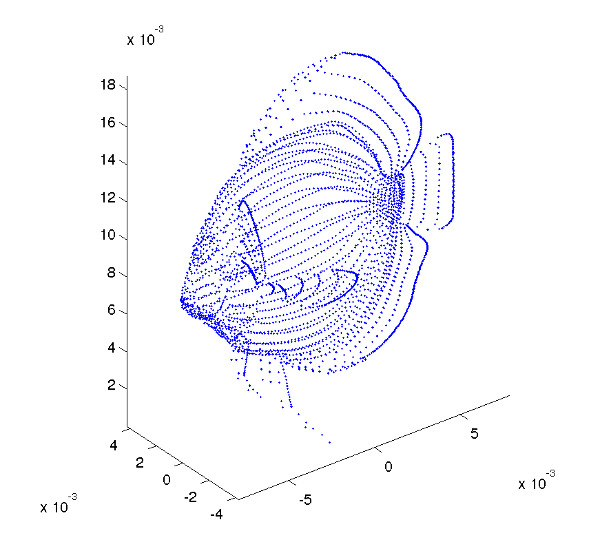

Principal Component Analysis: examples
Back to the fishes
Projection on the two first components (or the two last)

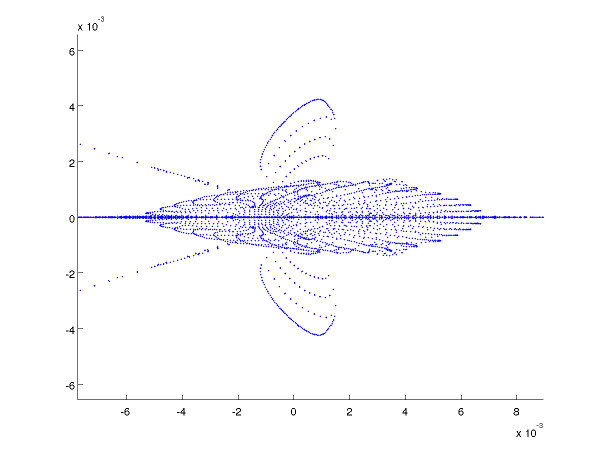

Principal Component Analysis: examples
More fishes
3D vs projection on the two first components (canonical representations) and the last.
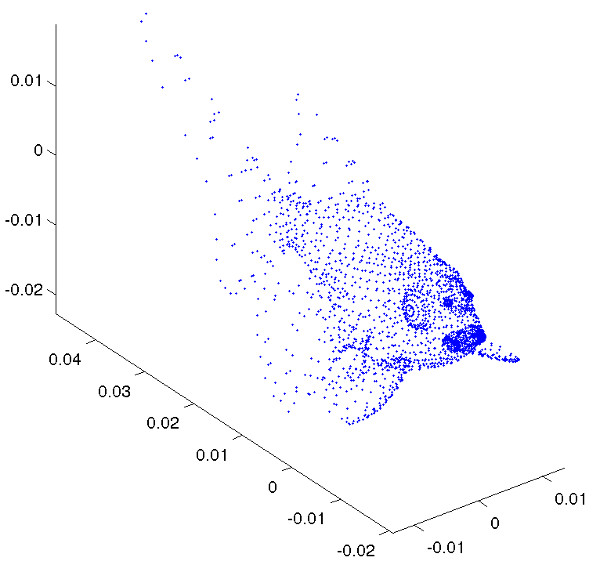

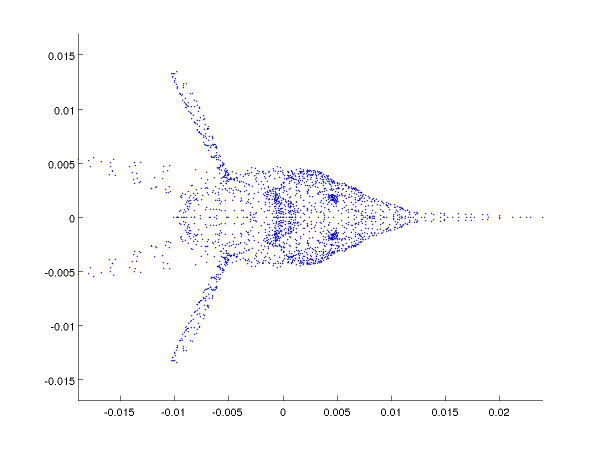
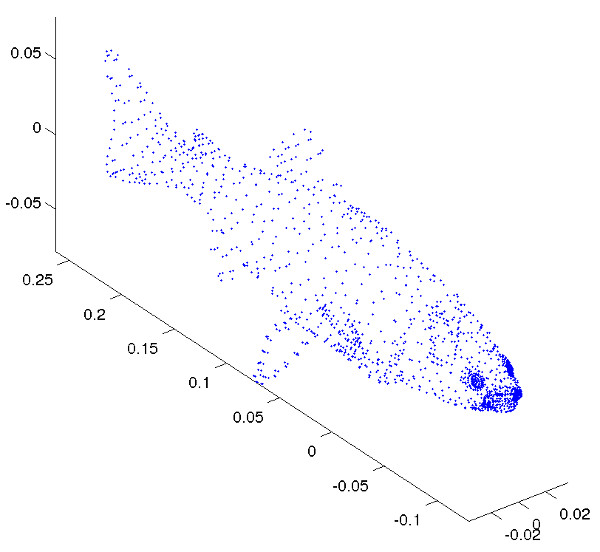

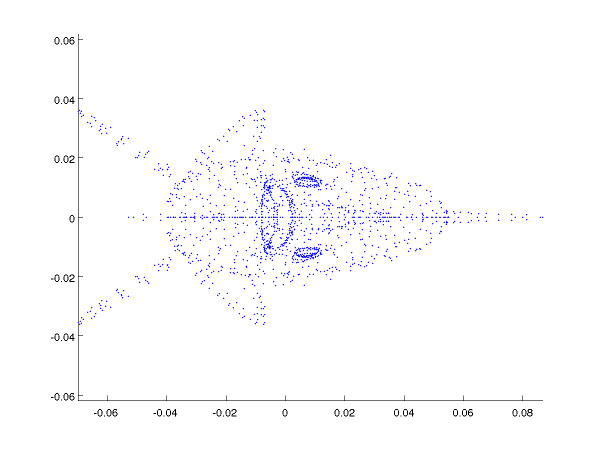

Principal Component Analysis: examples
Video analysis
Video images converted to color histrograms and visualized with the 2 first components of the PCA.
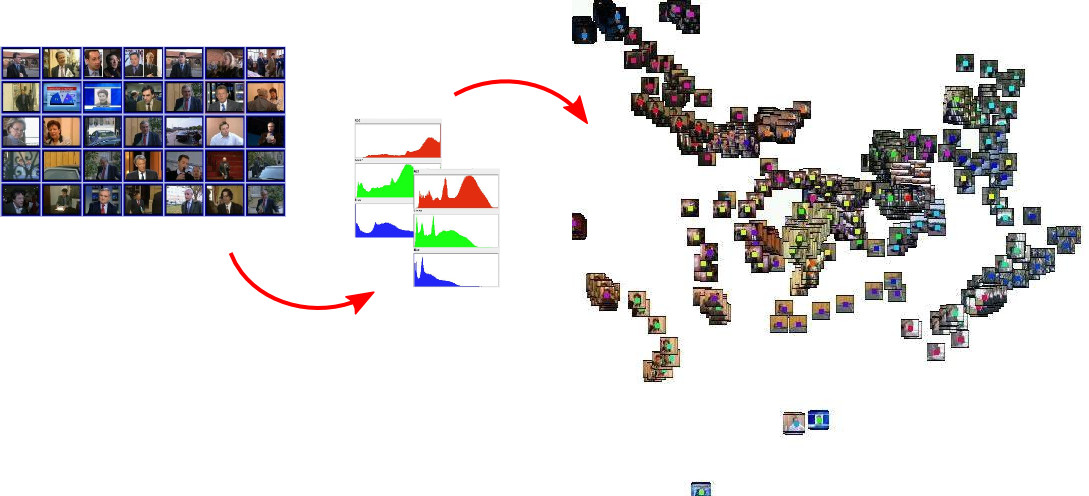

Principal Component Analysis
Key points
- High dimension data representation
- Dimension reduction
- Variable decorrelation
- Based on data variance-covariance matrix diagonalization
Usage
- Data preprocessing for data analysis (see the first classes)
- Visualization

Clustering

Clustering
Definition
- Find categories for close/similar objects
- unsupervised classification of the unlabeled data
Objectives
- Group similar data, requires a notion of distance
- Categorization

K-means
- Let
- A cluster (indexed by
- Let
- Let
K-means
Algorithm minimizes:

K-means
Algorithm
Initilize
- Assign each
- Recompute the
(average location of the group)

K-means
Properties
- There is a fixed number of cluster, so the algorithm converges
- But the solution may not be optimal (local minimum)

Initialization
- Initialization is important
- E.g., chose the initial

K-means
Statistical variant
- Parameters of Gaussian Mixture Model (GMM) estimated by the Expectation-Maximization algorithm.
- Estimate:

K-means
Variants and tricks
- Fuzzy C-means:
- Different distance: Mahalanobis distance (FCM), complete covariance matrix (GMM)
- Outliers: if
- Criteria for

Clustering: other approaches
Partitionnement spectral:
- Similarity matrix,
- Dimension reduction (first eigen
vectors) - K-means

Clustering: other approaches
DBSCAN
- Data partionning in categories of MinPts points in a radiusϵ
- Going through the data step by step to add in a category

Self-supervised learning

Overview
- Principles
- Image-based transformations
- Contrastive approaches
- SimCLR

Self-supervised learning
Objective
Create a good features for a downstream task.
Pre-training of the network
Create a pretext task to train the network on.
The labels for task a generated automatically.
Downstream task
This the real final objective. It could be classification, regression...
It is trained in a supervised manner.

Image-based transformation
Key idea
To predict the transformation of an image, you must \textit{understand} what is in the image.


Image-based transformation: rotation
Transformation
Random rotation of the image.
Four classes:
Simple classification problem.


Image-based transformation: rotation
Transformation
Random rotation of the image.
Four classes:
Simple classification problem.
Semi-supervised learning
Pre-training: all data (no label)
Target: part of the data with labels
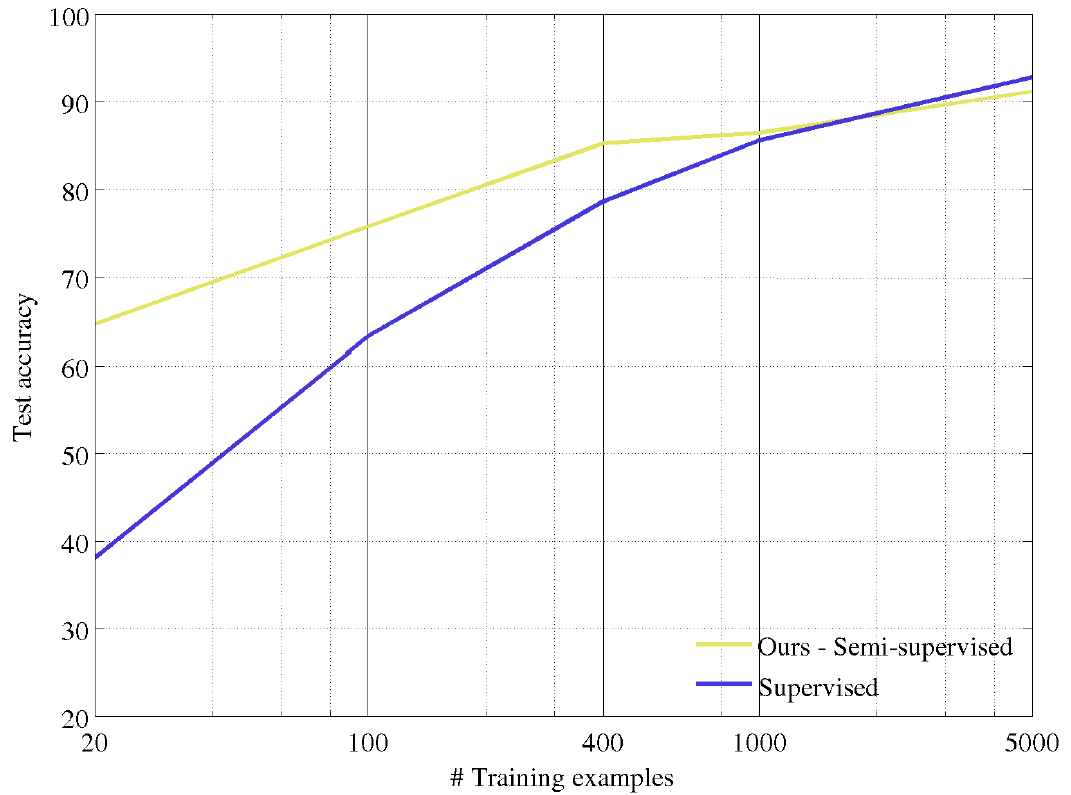

Image-based transformation: rotation
Transformation
Random rotation of the image.
Four classes:
Simple classification problem.
Semi-supervised learning
Pre-training: all data (no label)
Target: part of the data with labels
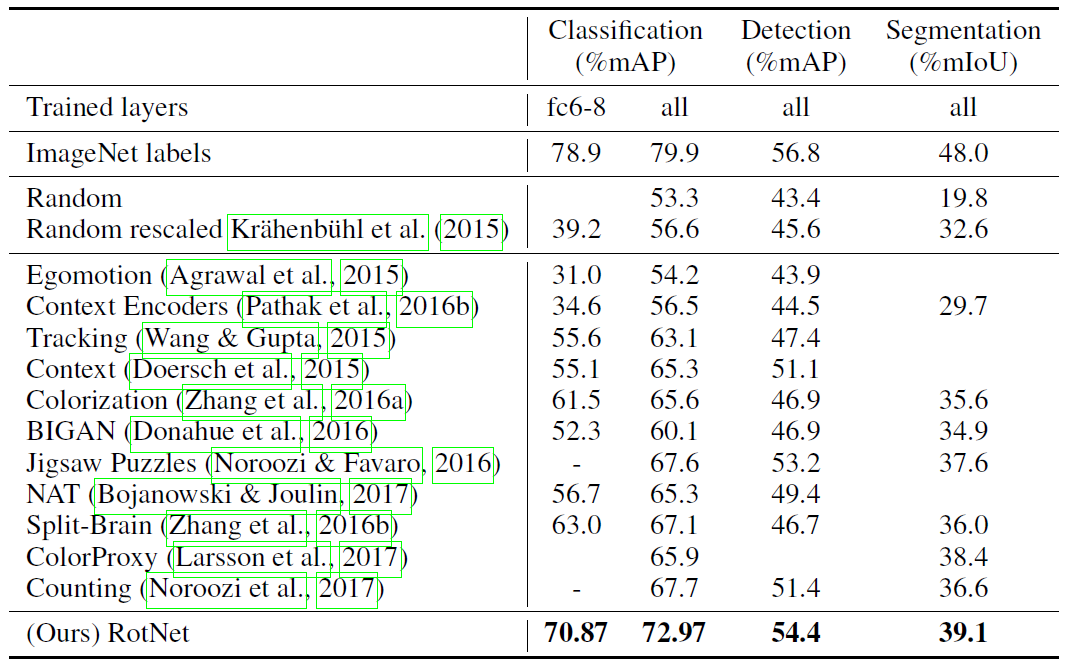

Image-based transformation: relative position
Transformation
Create a pair of patch, find their relative position.
To solve problem, you need to understand the object.
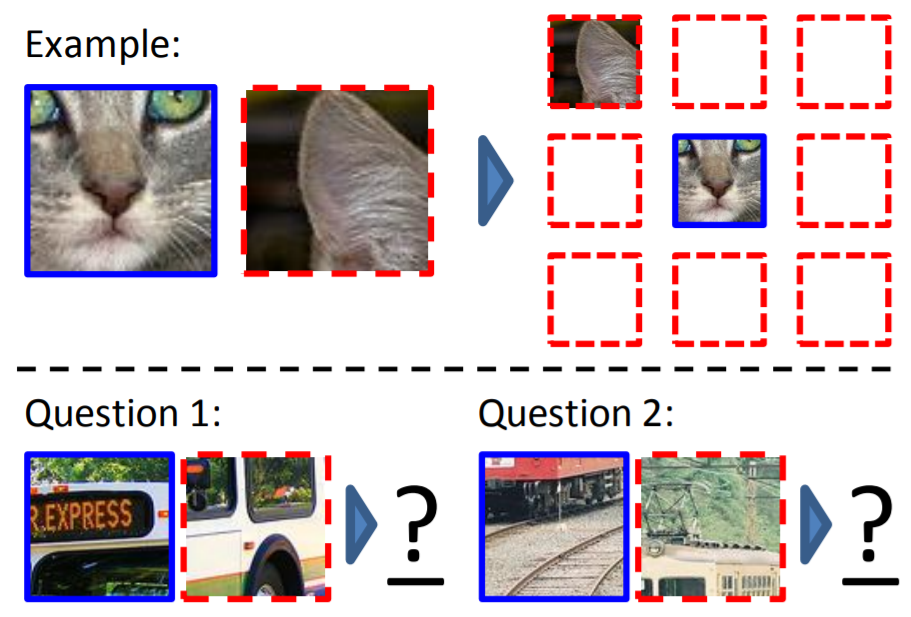

Image-based transformation: relative position
Transformation
Create a pair of patch, find their relative position.
To solve problem, you need to understand the object.
Problem
Classification with 8 classes
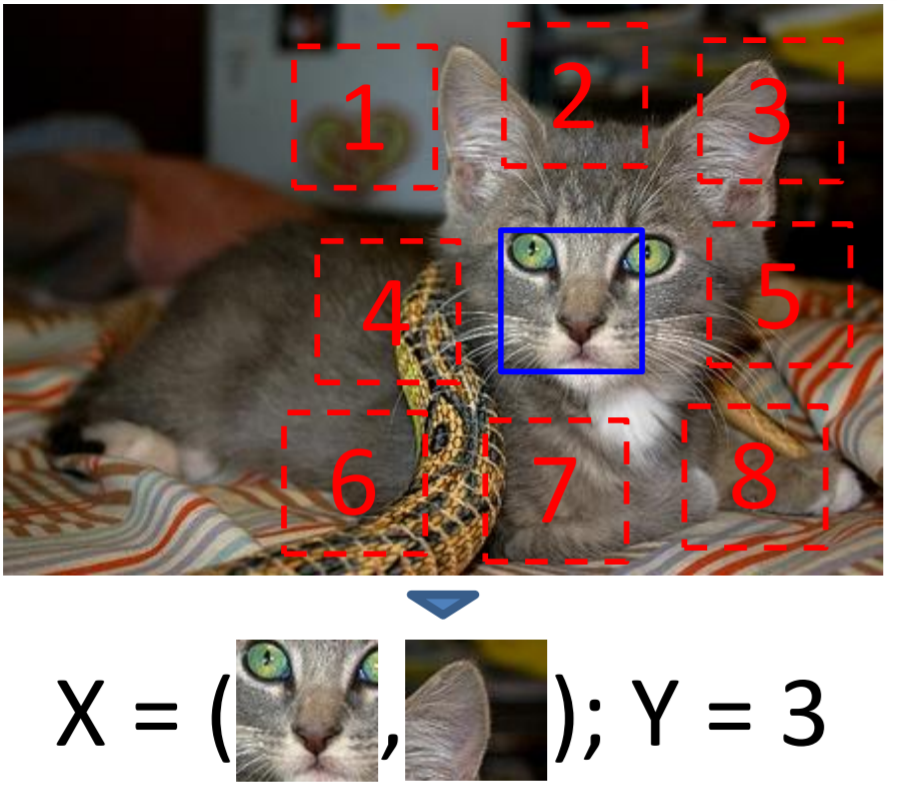

Image-based transformation: relative position
Transformation
Create a pair of patch, find their relative position.
To solve problem, you need to understand the object.
Problem
Classification with 8 classes


Image-based transformation: jigsaw puzzle}


Image-based transformation: jigsaw puzzle}
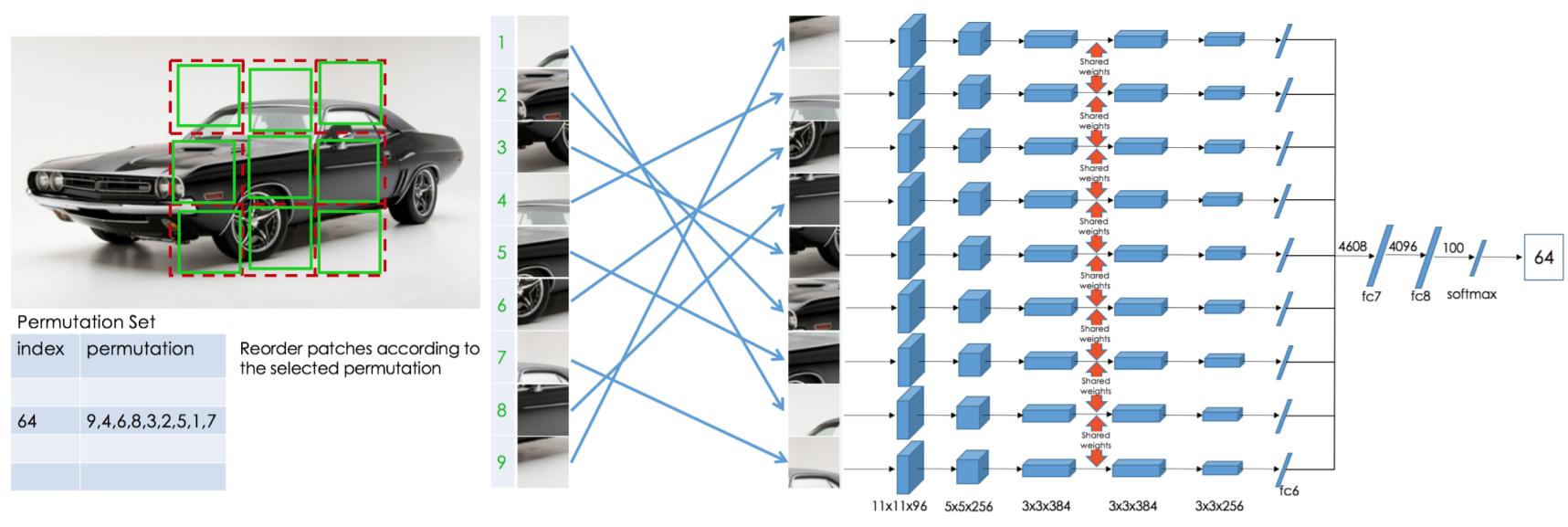

Contrastive methods
Image based methods
Predict a transformation of an image.
but may not require a complete knowledge of the object.
What properties the pre-trained network should have ?
- robust to image variation (illumination, deformation)
- disciminative with respect to different objects

SimCLR
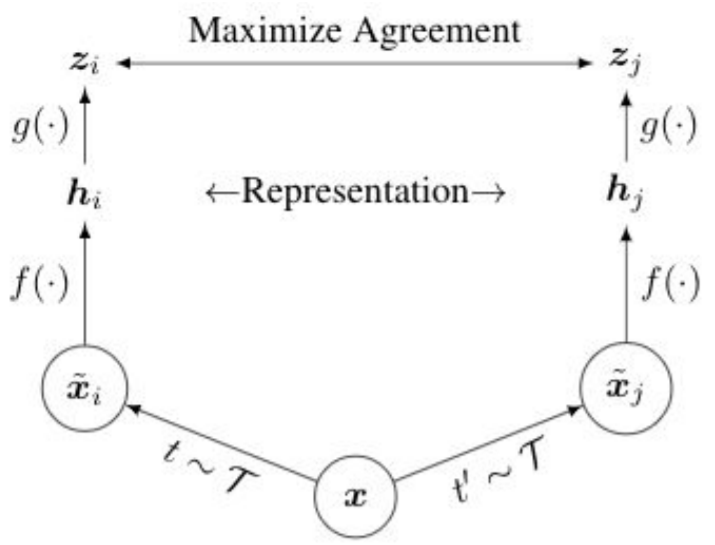

SimCLR
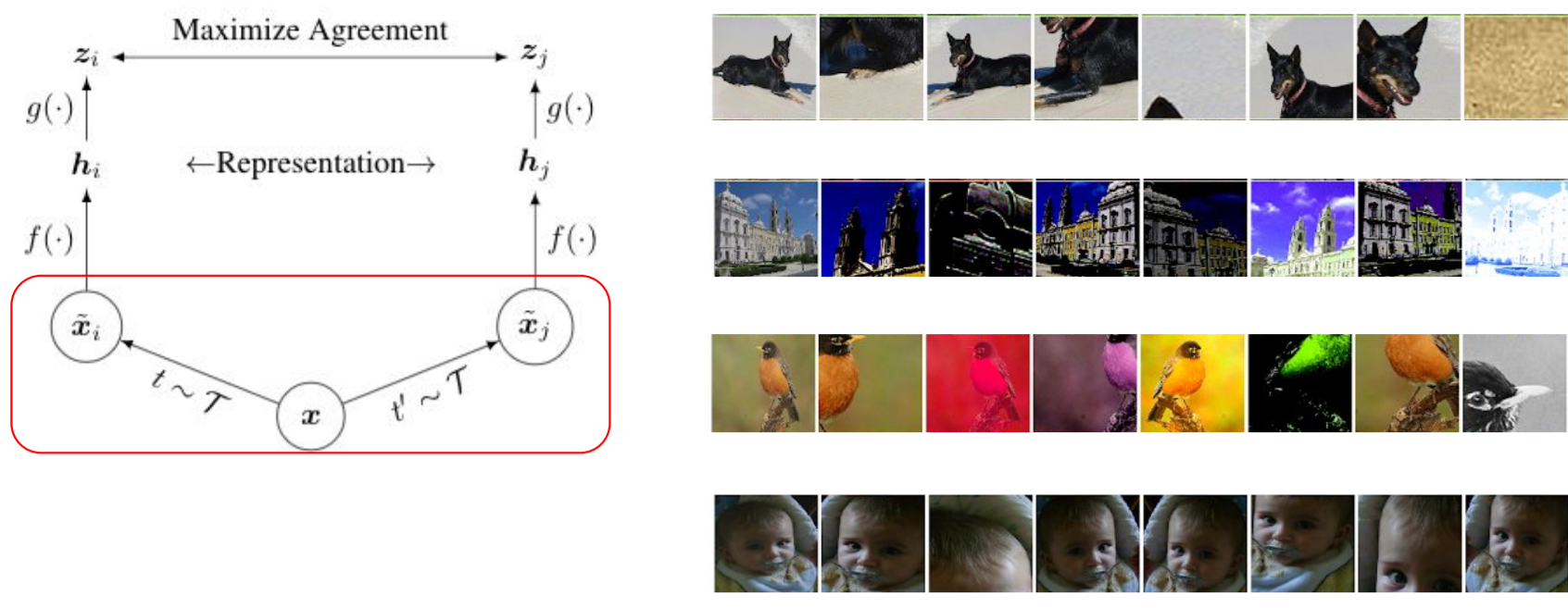

SimCLR
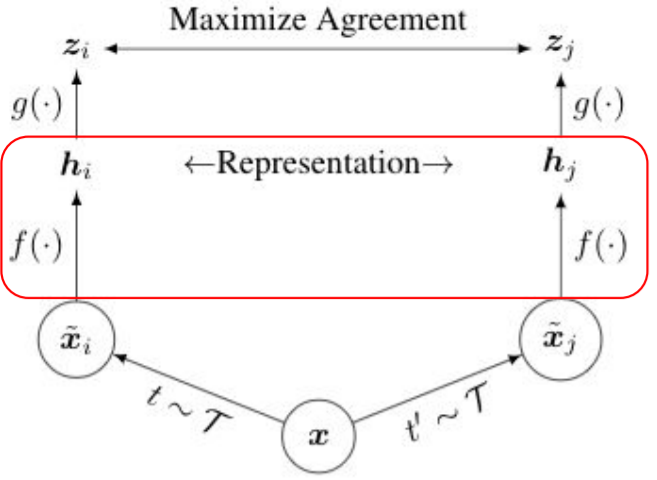

SimCLR
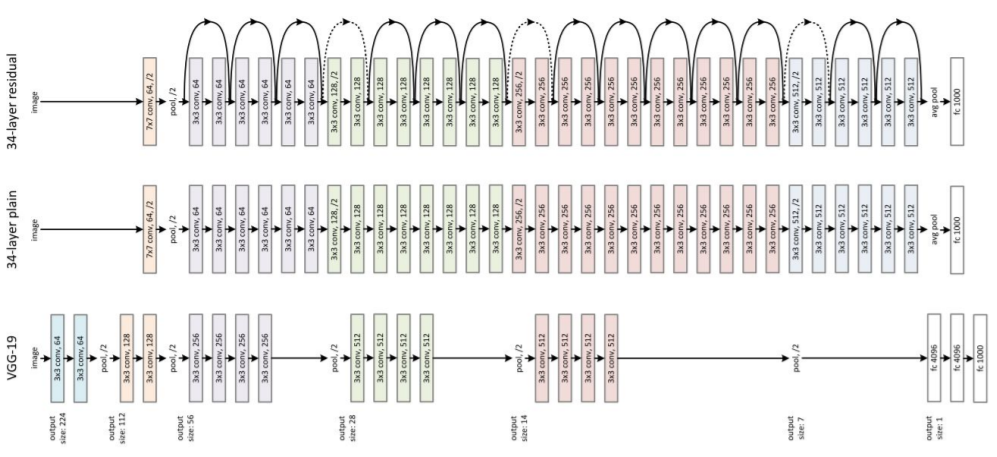

SimCLR
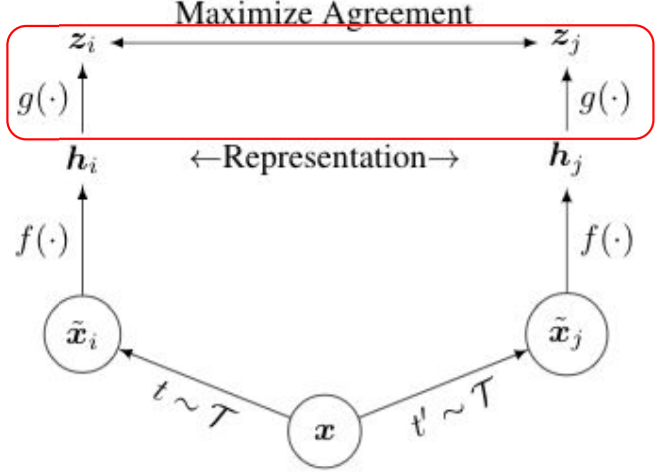

SimCL
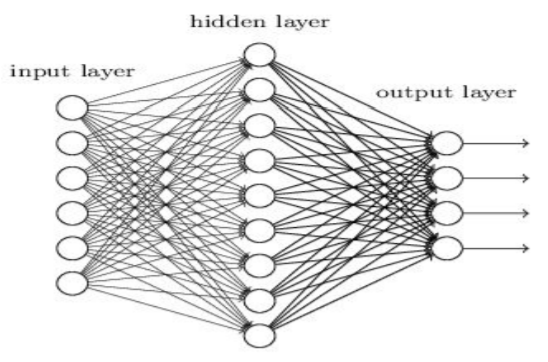

Loss function
Let
The loss function is:
Analysis
A cross entropy applied label corresponding to the pair generated from

Conclusion
Unsupervised learning is one of the big thing in machine learning now.
• Can we extract better/general features?
• Can we reduce the training time?
• Do we really exploit all the information in the data?
Neural Network notes